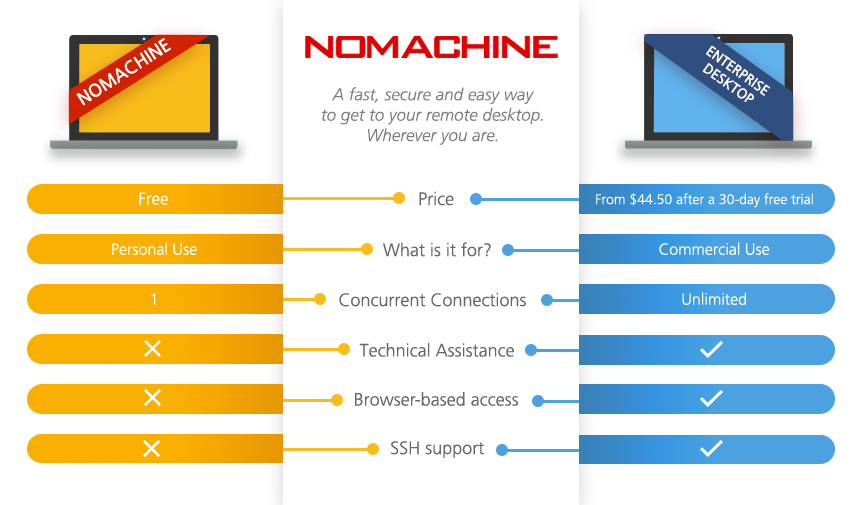

In particular, no 3D graphics card is required, the client is a single application available for common Windows and Macintosh machines in addition to Linux, and interactive visualisation of complex and dynamic images can be achieved in a usable way through a home broadband connection.Ībstract | Remote visualisation whitepaperġ.0 Background 2.0 Traditional approaches to remote graphical usage 2.1 2.2ĢD applications 3D applications 2.2.1 Indirect rendering 2.2.2 Direct rendering The method described in this whitepaper is an OS-neutral extension of familiar remote desktop techniques using open-source software and it imposes only modest demands on the customer machine and network connection. The visualisation server consists of a T5500 Dell Precision Workstation equipped with a NVIDIA Quadro FX 5800 configured with an open source software stack facilitating sending of the visual output to the remote user. The procedure allows the user to logon interactively to the Dell | NVIDIA remote visualisation server within the HPC data centre and access their data sets directly from the HPC file system and then run the visualisation software on the remote visualisation server in the machine room, sending the visual output over the network to the users remote PC.

The remote visualisation procedures described here removes the need to transfer data out of the HPC data centre. This process has several disadvantages, firstly it requires large I/O transfers out of the HPC data centre which is time consuming, also it requires that the user has significant local disk storage and a workstation setup with the appropriate visualisation software and hardware. The traditional HPC workflow process requires that these data sets be transferred back to the user’s workstation, remote from the HPC data centre over the wide area network. Remote visualisation using open source software & commodity hardware Dell/Cambridge HPC Solution Centre Dr Stuart Rankin, Dr Paul Calleja, Dr James CoomerĪbstract It is commonplace today that HPC users produce large scale multi-gigabyte data sets on a daily basis and that these data sets may require interactive post processing with some form of real time 3D or 2D visualisation in order to help gain insight from the data.


 0 kommentar(er)
0 kommentar(er)
